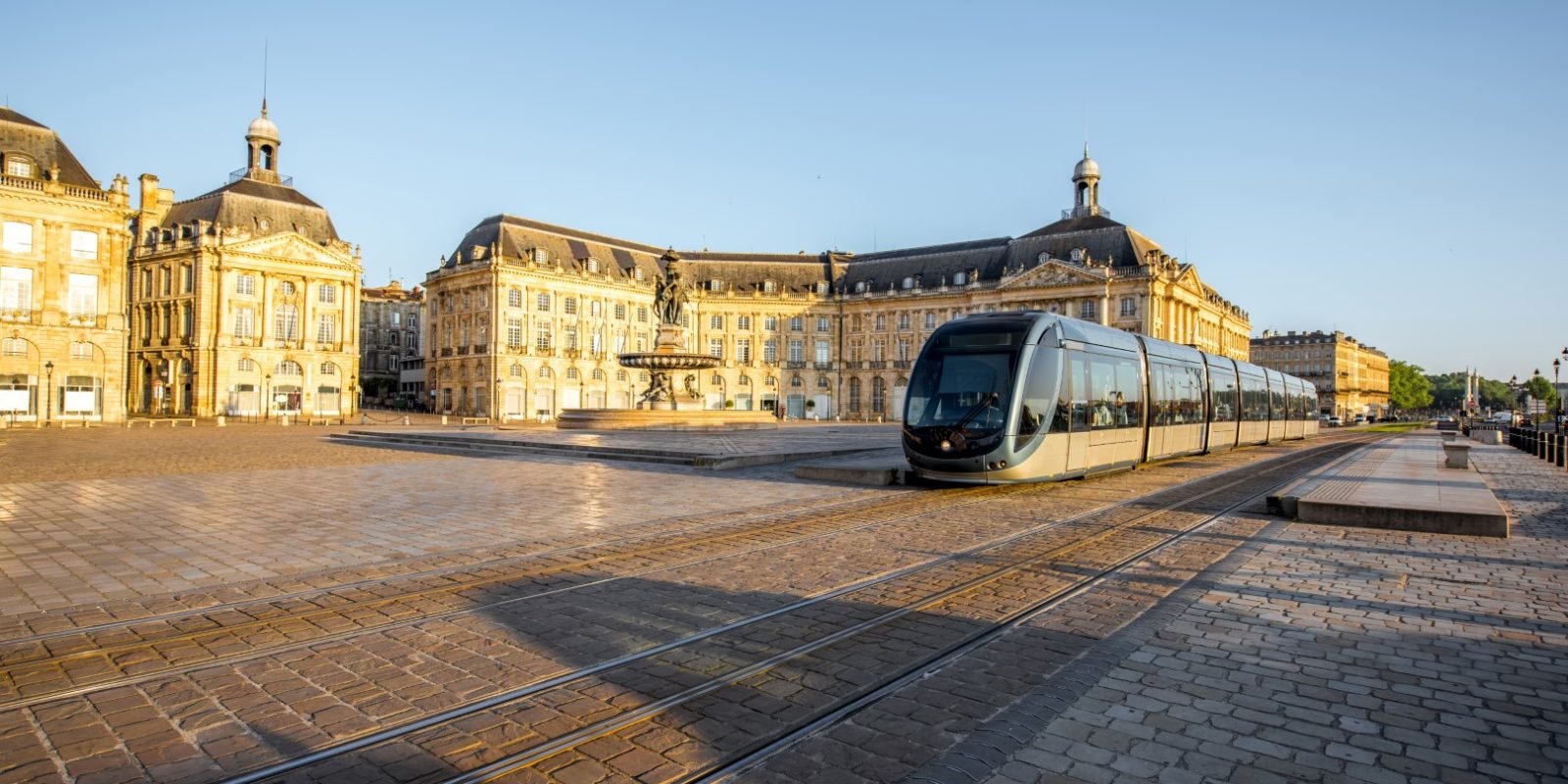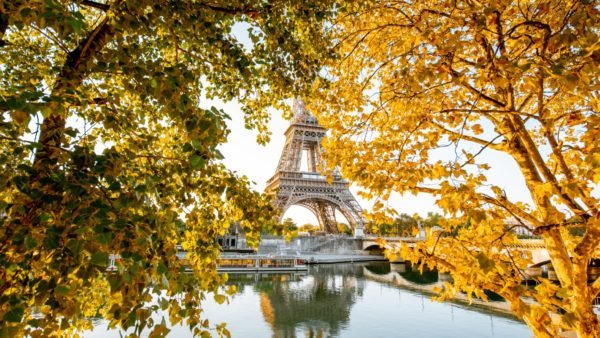Almost done planning your France family holidays? But how do you navigate this captivating country to make the most of your adventure? Fear not, wanderlust souls, for this guide unveils the best ways to get around France, ensuring your journey is as smooth as a Parisian latte.
Train Travel
France boasts an extensive and efficient train network, the SNCF, connecting cities, towns, and even charming villages. The high-speed TGV (Train à Grande Vitesse) zips between major cities like Paris, Lyon, and Bordeaux in record time, while regional trains offer a glimpse into local life.
Pros:
- Comfortable and convenient: Spacious seats, onboard cafes, and panoramic windows make train travel a pleasure.
- Eco-friendly: Opting for trains contributes to a greener footprint, perfect for eco-conscious travelers.
- Scenic routes: Train journeys offer breathtaking views of rolling vineyards, majestic mountains, and charming villages.
Cons:
- Costly: TGV tickets can be expensive, especially during peak season. Booking in advance and considering regional trains can save you money.
- Limited reach: Smaller villages and remote areas might not be accessible by train, requiring alternative transportation.
Car Rentals
Renting a car offers freedom and flexibility to explore hidden gems and quaint villages off the beaten track. Cruise along the French Riviera’s sun-drenched coast, navigate the winding roads of the Dordogne Valley, or embark on a vineyard tour in Bordeaux on your own terms.
Pros:
- Freedom and flexibility: Explore at your own pace, stopping at charming villages and scenic viewpoints whenever you please.
- Go beyond the tourist trail: Discover hidden gems and authentic experiences inaccessible by public transportation.
- Suitable for larger groups: Car rentals are ideal for families or groups of friends traveling together.
Cons:
- Parking challenges: Navigating city parking can be tricky, and some rural areas might have limited parking options.
- Costly: Gas prices and rental fees can add up, especially for longer trips.
- Driving regulations: Familiarize yourself with French traffic rules and signs to avoid fines and ensure a smooth journey.
Public Transportation
Most French cities have well-developed public transportation systems, including buses, trams, and metro lines. These are affordable, convenient, and environmentally friendly options for navigating urban areas.
Pros:
- Affordable: Tickets are significantly cheaper than taxis or car rentals.
- Convenient: Frequent connections and extensive networks make exploring cities a breeze.
- Eco-friendly: Minimize your carbon footprint by choosing public transportation.
Cons:
- Crowds: Public transport can get crowded, especially during rush hour.
- Limited reach: Exploring areas outside city centers might require additional transportation.
- Accessibility: Some stations might not be accessible for people with disabilities.
Additional Options:
- Biking: Explore charming villages, picturesque canals, and scenic countryside at your own pace on two wheels. France has a comprehensive network of cycling paths and bike rentals are readily available.
- Boat Trips: Cruise down the Seine River in Paris, sail along the French Riviera, or navigate the canals of the south on a leisurely boat trip.
Remember:
- Consider your itinerary: Choose the transportation mode that best suits your destination and planned activities.
- Research local options: Public transportation systems vary between cities. Research ticket options and routes before your trip.
- Purchase travel passes: Consider passes like the Paris Visite or regional train passes for cost-effective travel within specific areas.
- Embrace the experience: Getting around France can be part of the adventure. Enjoy the scenic train journeys, the friendly chat with bus drivers, and the freedom of the open road.
So, bon voyage, travelers! With this guide, you’re equipped to navigate France like a pro and create unforgettable memories that will last a lifetime.




